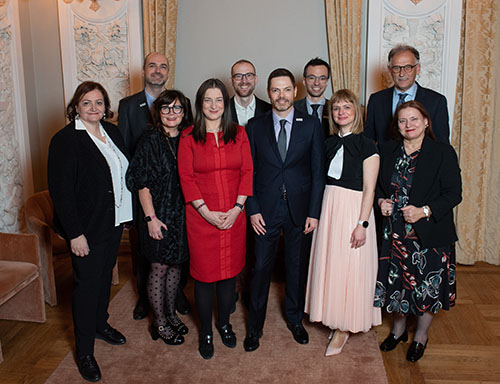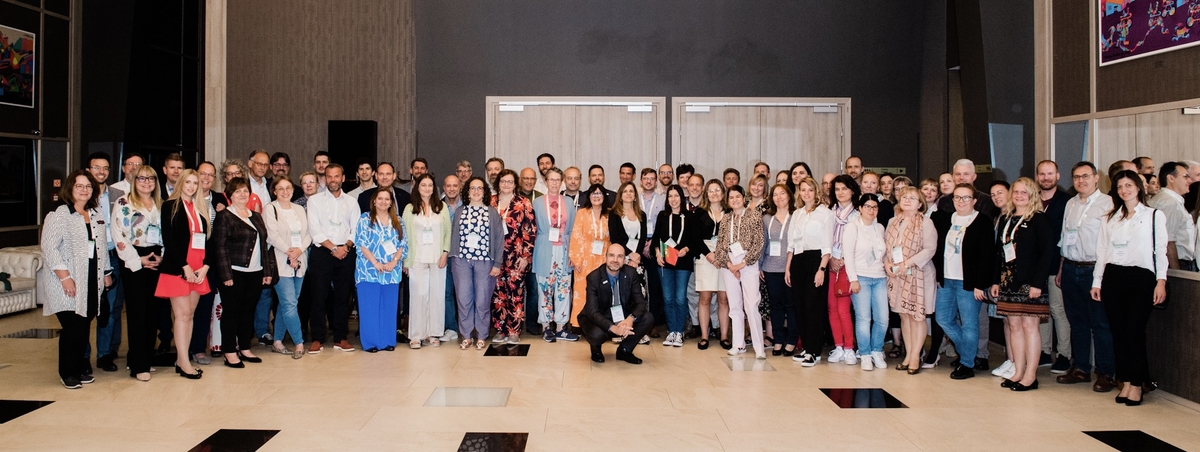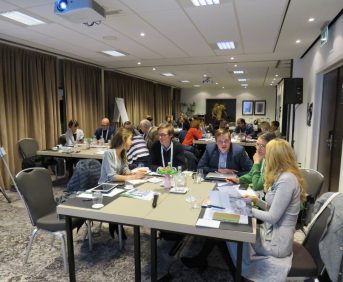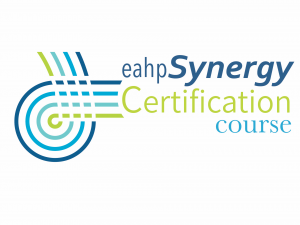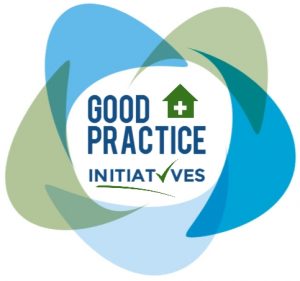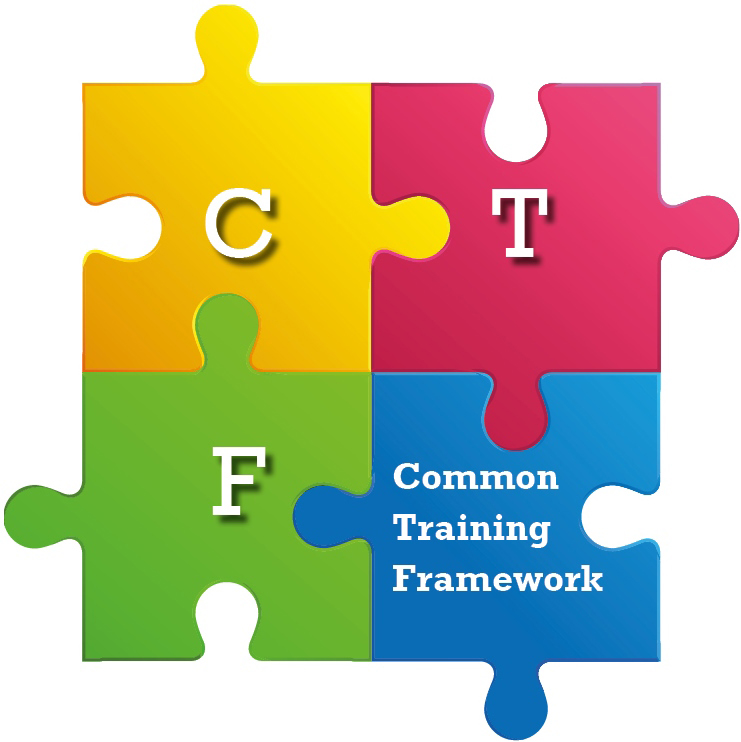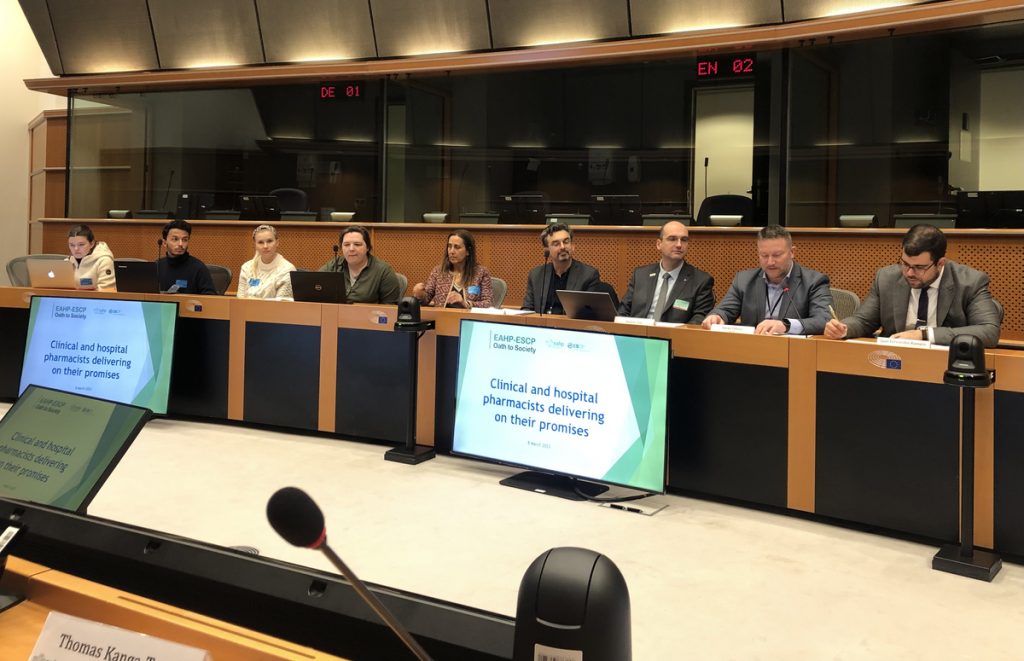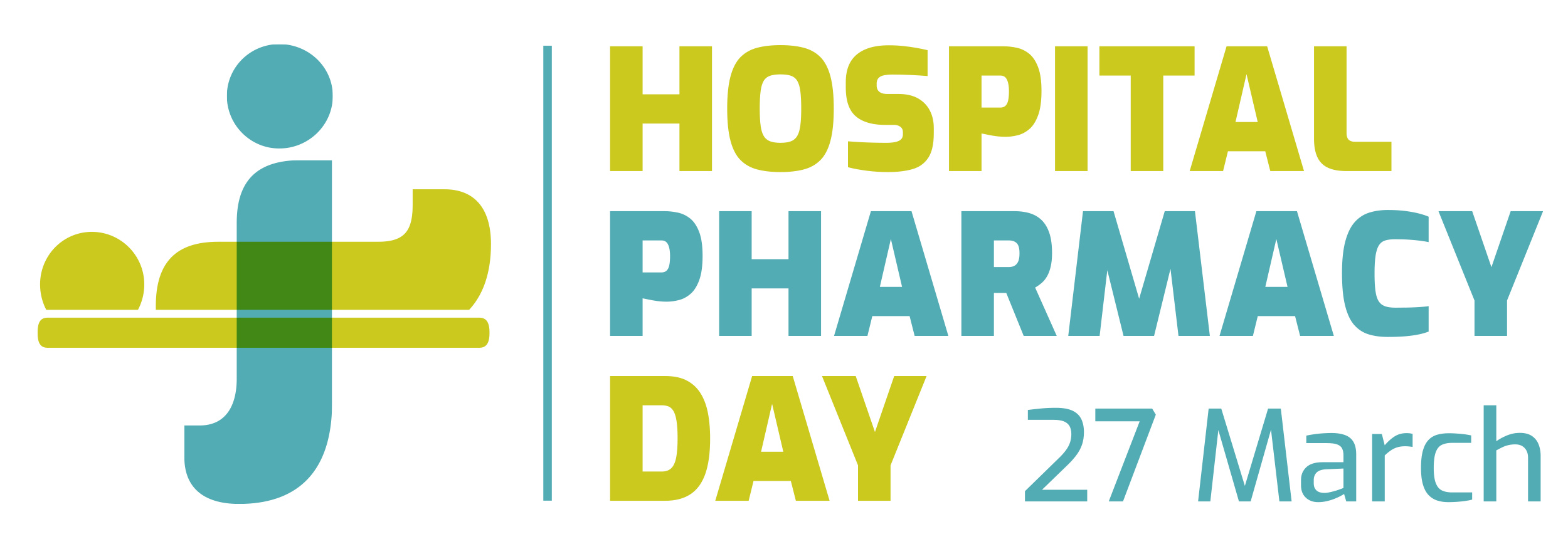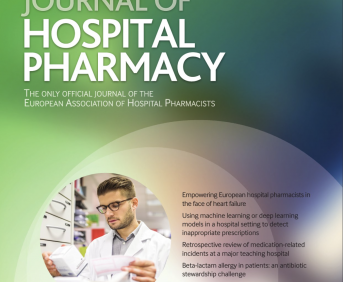
Below you find a list of things that you should and should not do when as a participant of EAHP’s 2022 Student Science Award edition:
- Respect the structure of the abstract: Background and Objectives, Methods, Results, Conclusions.
- Make sure the title of your abstract reflects what your research was about.
- Make sure your abstract is easy to understand and read, the text should flow smoothly and fluently.
- If you are using abbreviations, make sure you define them clearly when using them for the first time in the abstract.
- Make sure that you clearly describe your involvement in the research.
- Don’t pass the limit of words, 300 words.
- Do not use uncommon abbreviations in your title.
- Do not add all the references to your abstract (the complete list of references should be added to the complete article and not on the abstract).
- Add 5 keywords to the end of the abstract.
- Ask a fellow student or your teacher to double-check what you wrote by letting them check the content, grammar and spelling.
- Don’t present the abstract with spelling or grammar mistakes.
In addition to adhering to the general points listed above, EAHP also has put together some recommendations for the different sections of an abstract:
Background
- Ask yourself why did you perform your research and show the readers that your message is new.
- Don’t use too many words on this part.
Objective
- Ask yourself what the outcome of the study was.
- Add a clear question which you tackled in the research
- Don’t use too many words on this part.
Methods
- Focus on how your research was performed.
- Mention the methods you used to gather data.
- The methods should be clear and valid.
- Include the type of study you are presenting.
Results
- Focus on what you found.
- Make sure to provide the results of measurements on the International System of Units (SI).
- Do not provide only percentages, but also numbers (e.g. state 50% (56/112) to explain that 56 out of 112 responses were provided for this question).
- When providing percentages, always provide the whole number. (do not provide decimal numbers).
Conclusion
- Make sure you answer the question presented in the “Objectives”.
- Do not be too general with the conclusion.
- Make sure you address all aims of your research.
- Make sure you have concrete and realistic conclusions.
- The conclusion should not contain your personal opinion.
- Do not include new information that was not discussed in the previous sections of the abstract.

